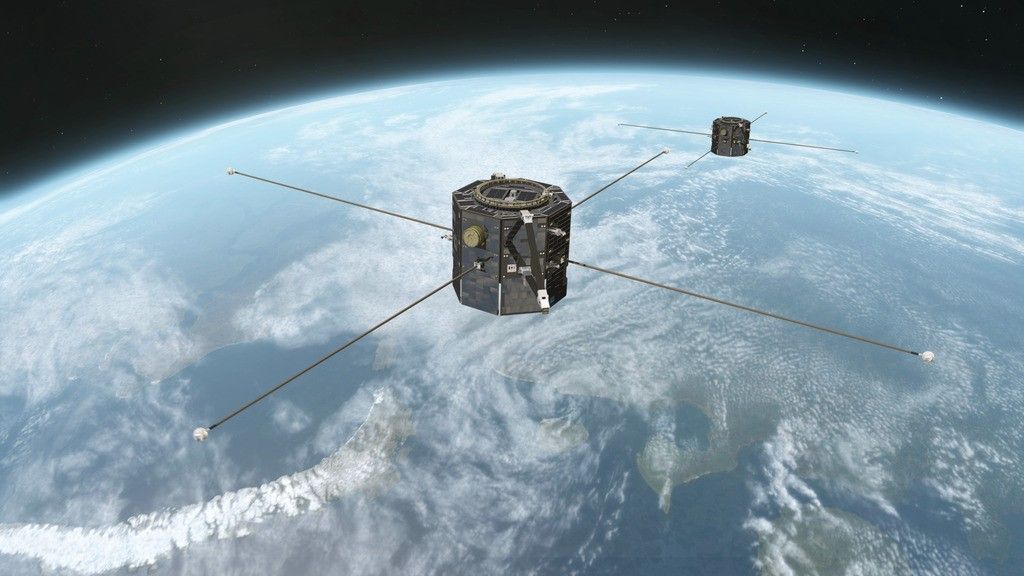NASA’s TRACERS Mission Now Targeting No Earlier Than Summer for Launch
NASA’s TRACERS (Tandem Reconnection and Cusp Electrodynamics Reconnaissance Satellites) now is targeting no earlier than summer 2025 for launch in order to give the mission spacecraft team additional time to prepare.
The mission is a pair of satellites that will study how the solar wind — the continuous stream of ionized particles escaping the Sun and pouring out into space — interacts with and enters Earth’s magnetosphere, the region around Earth dominated by our planet’s magnetic field. Researching this interaction is critical for understanding and eventually predicting how energy from our Sun transfers into our planet and potentially impacts space- and ground-based assets.
The TRACERS spacecraft will lift off aboard a SpaceX Falcon 9 rocket from Space Launch Complex 4 East at Vandenberg Space Force Base in California.
After launch, the twin satellites will fly about 341 miles above Earth through a narrow region in Earth’s magnetic field known as polar cusps, where solar wind is funneled into our atmosphere in a concentrated way. The TRACERS mission will fly through the northern polar cusp several times a day to study where and how often a phenomenon called magnetic reconnection happens at the outer edges of Earth’s magnetic field.
Magnetic reconnection, an explosive transfer of energy that can happen when two magnetic fields meet, happens throughout space but is of special relevance where the solar wind first meets Earth’s magnetosphere, a region known as the magnetopause. A reconnection event can shoot solar wind particles, normally diverted around our planet, directly into our atmosphere at high speeds. These particles ignite the beautiful northern and southern lights but also create potentially hazardous conditions for astronauts and sensitive satellites and can damage key infrastructure on the ground, affecting communication signals and aviation.
The TRACERS mission is led by David Miles at the University of Iowa and managed by the Southwest Research Institute in San Antonio. NASA’s Heliophysics Explorers Program Office at the agency’s Goddard Space Flight Center in Greenbelt, Maryland, provides mission oversight to the project for the Heliophysics Division at NASA Headquarters in Washington. NASA’s Launch Services Program, based at the agency’s Kennedy Space Center in Florida, in partnership with NASA’s Science Mission Directorate is providing the launch service as part of the agency’s VADR (Venture-class Acquisition of Dedicated and Rideshare) contract.



























